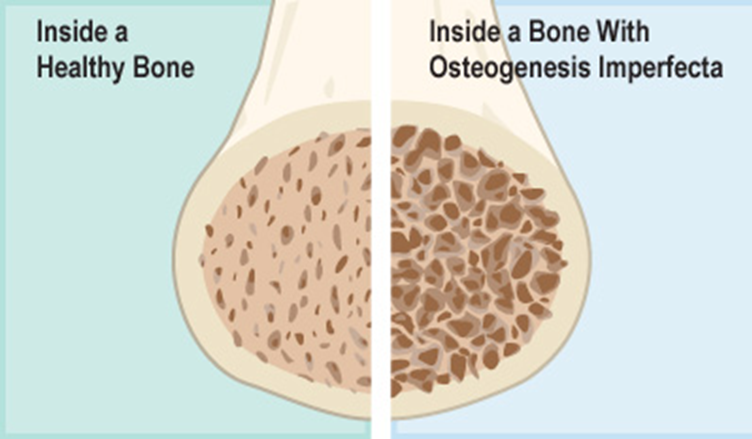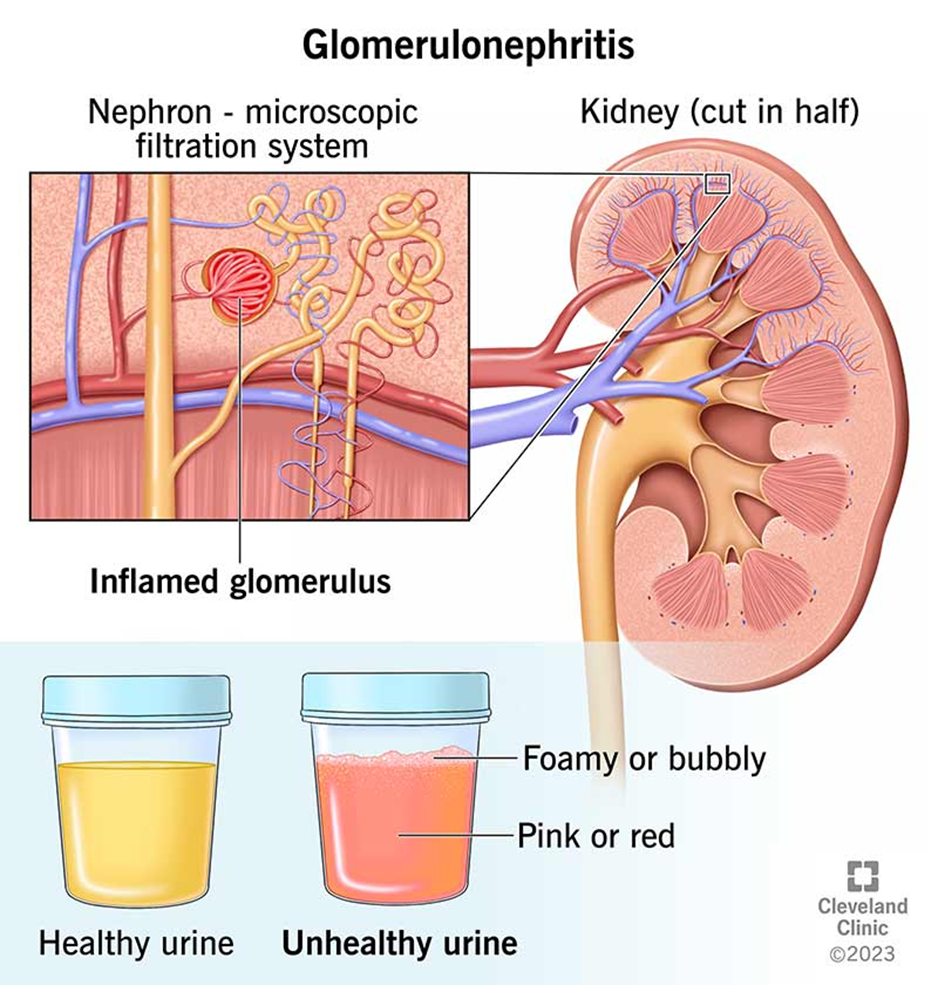Which statement is true concerning osteogenesis imperfecta (OI)?
OI is easily treated
With a later onset, the disease usually runs a more difficult course
Braces and PT exercises are of no therapeutic value
OI is an inherited disorder
The Correct Answer is D
Choice A: OI is Easily Treated
Osteogenesis imperfecta (OI) is not easily treated. It is a genetic disorder characterized by fragile bones that break easily. While there are treatments available to manage symptoms and improve quality of life, there is no cure for OI1. Treatments include medications to strengthen bones, physical therapy, and surgical procedures.
Choice B: With a Later Onset, the Disease Usually Runs a More Difficult Course
The severity of osteogenesis imperfecta can vary widely, but it is not necessarily true that a later onset leads to a more difficult course. The course of the disease depends on the type of OI and the specific genetic mutation involved. Some types of OI are more severe and present earlier in life, while others are milder and may not be diagnosed until later.
Choice C: Braces and PT Exercises are of No Therapeutic Value
This statement is incorrect. Braces and physical therapy (PT) exercises are valuable in managing osteogenesis imperfecta. Physical therapy helps in building muscle strength, improving joint movement, and preventing fractures. Braces can provide support for weak muscles, decrease pain, and keep joints properly aligned.
Choice D: OI is an Inherited Disorder
This statement is true. Osteogenesis imperfecta is a genetic disorder that is usually inherited in an autosomal dominant pattern. This means that a person only needs one copy of the defective gene from one parent to inherit the disorder. In some cases, OI can also occur due to a spontaneous mutation.

Nursing Test Bank
Naxlex Comprehensive Predictor Exams
Related Questions
Correct Answer is D
Explanation
Choice A reason:
Reducing blood pressure is not a primary management goal for nephrotic syndrome in children. While hypertension can be a complication of nephrotic syndrome, the main focus of treatment is on managing proteinuria, edema, and preventing complications. Blood pressure management may be necessary, but it is not the primary goal.
Choice B reason:
Increasing the excretion of urinary protein is not a desired goal in the management of nephrotic syndrome. In fact, one of the main objectives is to reduce proteinuria (excessive protein in the urine) because it leads to hypoalbuminemia (low levels of albumin in the blood) and edema. Therefore, increasing urinary protein excretion would worsen the condition.
Choice C reason:
Increasing the ability of tissues to retain fluid is not a management goal for nephrotic syndrome. The condition is characterized by edema due to fluid retention, and the goal is to reduce this edema by managing proteinuria and using diuretics if necessary. Therefore, increasing fluid retention would be counterproductive.
Choice D reason:
Reducing the excretion of urinary protein is a primary management goal for nephrotic syndrome1. Proteinuria is a hallmark of the condition, and reducing it helps to alleviate hypoalbuminemia and edema. Treatment often includes corticosteroids to reduce inflammation and protein leakage, as well as other medications to manage symptoms and prevent complications.
Correct Answer is B
Explanation
Choice A reason:
Bacteriuria, or the presence of bacteria in the urine, is not typically associated with acute glomerulonephritis. Acute glomerulonephritis is primarily an inflammatory condition affecting the glomeruli of the kidneys, and it does not usually involve bacterial infection. Increased specific gravity can occur due to concentrated urine, but bacteriuria is not a characteristic finding.
Choice B reason:
Hematuria, or blood in the urine, and mild to moderate proteinuria are characteristic findings in acute glomerulonephritis. Hematuria occurs due to inflammation and damage to the glomeruli, allowing red blood cells to pass into the urine. Proteinuria results from the increased permeability of the glomerular basement membrane, allowing proteins to leak into the urine. These findings are key indicators of glomerular inflammation and damage.

Choice C reason:
While proteinuria can be present in acute glomerulonephritis, bacteriuria is not a typical finding. The condition is primarily inflammatory rather than infectious, so the presence of bacteria in the urine is not expected. The focus should be on the inflammatory markers such as hematuria and proteinuria.
Choice D reason:
High levels of proteinuria and decreased specific gravity are not typical findings in acute glomerulonephritis. While proteinuria can occur, it is usually mild to moderate rather than high. Specific gravity may be increased due to concentrated urine, but decreased specific gravity is not a characteristic finding of this condition.
Whether you are a student looking to ace your exams or a practicing nurse seeking to enhance your expertise , our nursing education contents will empower you with the confidence and competence to make a difference in the lives of patients and become a respected leader in the healthcare field.
Visit Naxlex, invest in your future and unlock endless possibilities with our unparalleled nursing education contents today
Report Wrong Answer on the Current Question
Do you disagree with the answer? If yes, what is your expected answer? Explain.
Kindly be descriptive with the issue you are facing.
